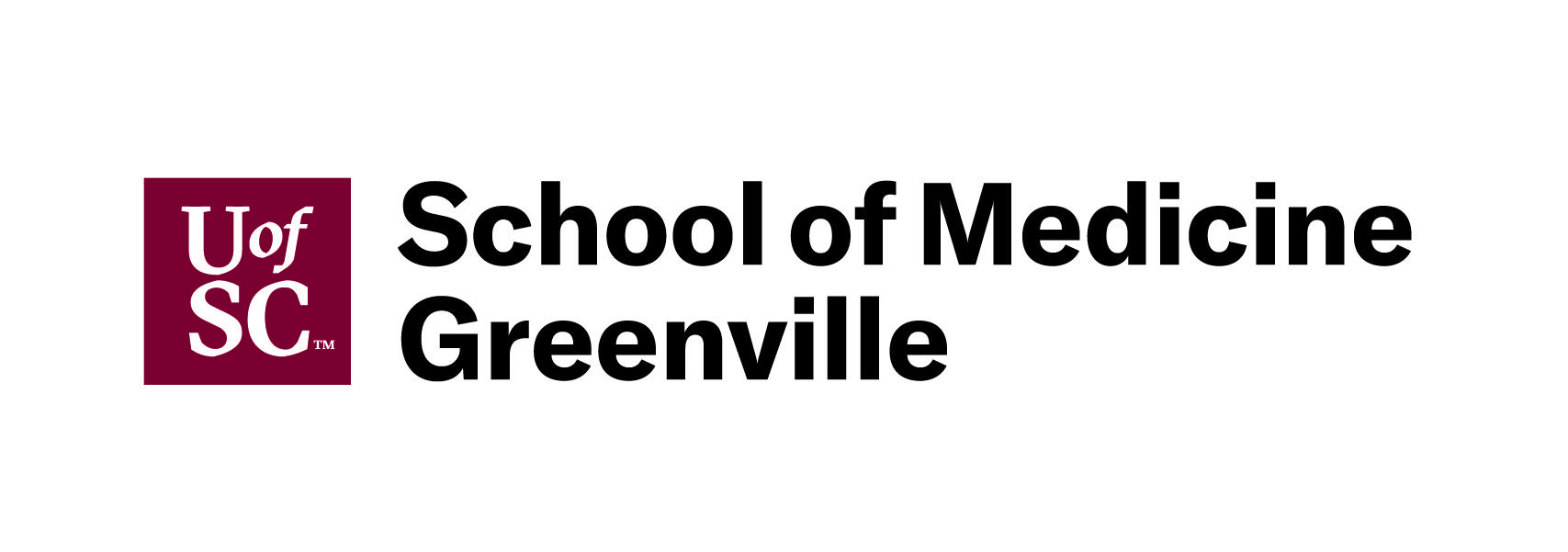
Get the latest articles delivered directly to your inbox!
Our Contributors
Class of 2022
Kyle Duke
Austin Foster
Charlotte Leblang
Ross Lordo
Class of 2021
Dory Askins
Connor Brunson
Keiko Cooley
Mason Jackson
Class of 2020
Megan Angermayer
Carrie Bailes
Leanne Brechtel
Hope Conrad
Alexis del Vecchio
Brantley Dick
Scott Farley
Irina Geiculescu
Alex Hartman
Zegilor Laney
Julia Moss
Josh Schammel
Raychel Simpson
Teodora Stoikov
Anna Tarasidis
Class of 2019
Michael Alexander
Caitlin Li
Ben Snyder
Class of 2018
Alyssa Adkins
Tee Griscom
Stephen Hudson
Eleasa Hulon
Hannah Kline
Andrew Lee
Noah Smith
Crystal Sosa
Jeremiah White
Jessica Williams
Class of 2017
Carly Atwood
Laura Cook
Ben DeMarco
Rachel Nelson
Megan Epperson
Rachel Heidt
Tori Seigler
Class of 2016
Shea Ray
Matt Eisenstat
Eric Fulmer
Geevan George
Maglin Halsey
Jennifer Reinovsky
Kyle Townsend
Join USCSOMG students on their journeys to becoming exceptional physician leaders.
EMT Training: The Gift That Keeps On Giving
Imagine doctors who could seamlessly integrate in disaster scenarios, responding as cohesive healthcare teams in the hospital as well as managing patients side-by-side with emergency personnel.
At the University of South Carolina (USC) School of Medicine Greenville, our first year curriculum starts with Emergency Medical Technician (EMT) certification, preparing my class to be these capable physicians. Our medical school is the only one in the country to require first-year medical students to earn Emergency Medical Technician (EMT) certification and maintain certification for two years.
As a student pursuing Emergency Medicine, I naturally appreciated the program’s significance. But classmates interested in any specialty gain valuable insight from these unique interactions.
Thanks to the Fluor Foundation, future students will have the opportunity to gain their own unique insights. Flour Foundation, part of the Greenville-based but worldwide company Flour Corporation, recently announced a $250,000 grant supporting the medical school’s EMT program and disaster training program. Through this kind of reinvestment, we will not only create better doctors but create a better quality of life for the Upstate. I am grateful for their investment in medical education and the difference it will make in developing emergency preparedness for our community.
Through EMT training, our medical education begins by providing care to our own patients on the ambulance. These experiences allow for clinical exposure beyond observing, and demand responsibility starting from day one of medical school. We learn how to talk to patients, and more importantly, how to listen to them. By day 15, we are taking patient histories, assessing vital signs and performing CPR. We see where our patients come from and the neighborhoods they go home to, a background fundamental in understanding the challenges our local population faces. These insights motivate us to take an active role in improving healthcare in our community.
Whereas EMT courses are typically taught over a semester, ours was packed into six weeks of intensive lecture and practice. The material overload prepared us for the rigor of medical classes. Skills exercises accelerated the process of getting to know each other. These friendships created the framework for an educational environment promoting collaboration, essential for success in our curriculum geared heavily towards self-directed and small-group learning.
A culminating EMT Operations Exercise put our abilities to the test in simulated multiple-casualty disaster drills. Working alongside Greenville County EMS and City of Greenville Police and Fire Departments, we coordinated extrication and treatment of patients involved in a motor vehicle collision. Triaging patients evacuated from a HAZMAT incident challenged our critical decision-making. In our de-briefing we discussed the importance of communication, the ethical dilemmas of caring for the drunk driver, and limiting media exposure.
Every month we serve a 12-hour shift on the ambulance. For me, this offers a chance to provide hands-on patient care and practice clinical skills. For Greenville this means 53 certified EMTs on reserve should a crisis ever occur. When USC School of Medicine Greenville reaches full enrollment, there will be 400 medical students available to respond to disasters in the Upstate.
Copyright 2021 USC School of Medicine Greenville


